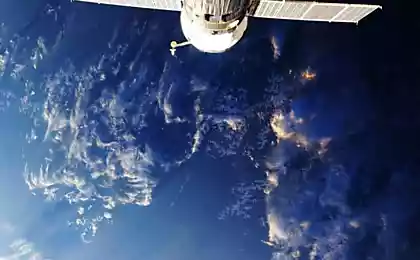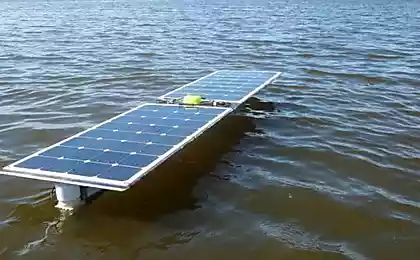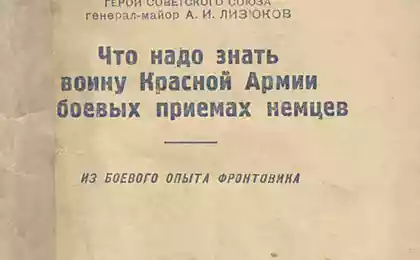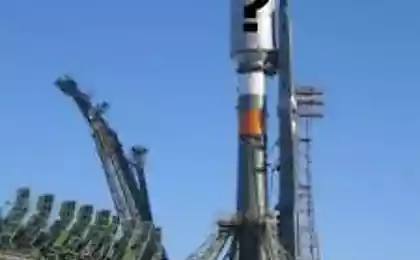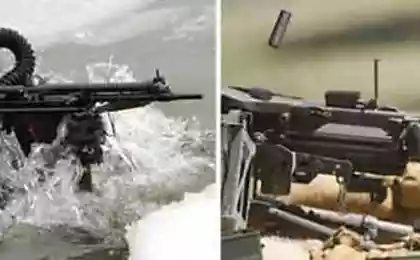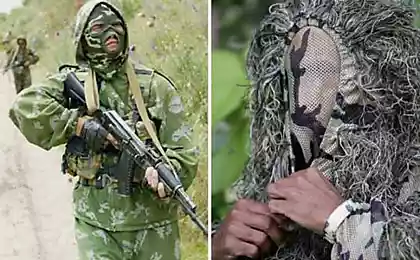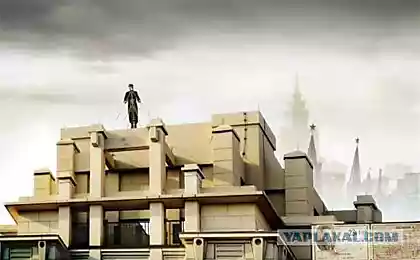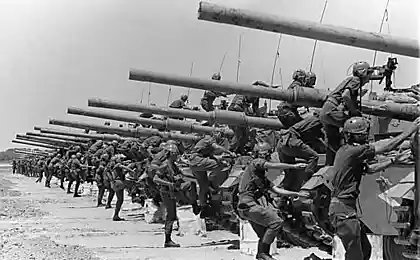927
Unmanned reconnaissance (14 pics + text)
In the mid-sixties Tupolev began to create new systems of unmanned reconnaissance tactical and operational purposes. August 30, 1968 issued a decree of the Council of Ministers of the USSR N 670-241 to develop a new tactical reconnaissance unmanned complex "Flight" (BP-3) and its member unmanned reconnaissance aircraft "143" (Tu-143). The deadline for presentation of the complex to the test in the Decision specified: for photo-reconnaissance version of the equipment - 1970 year, for the version with equipment for exploration and for television version with equipment for radiation survey - 1972 year.
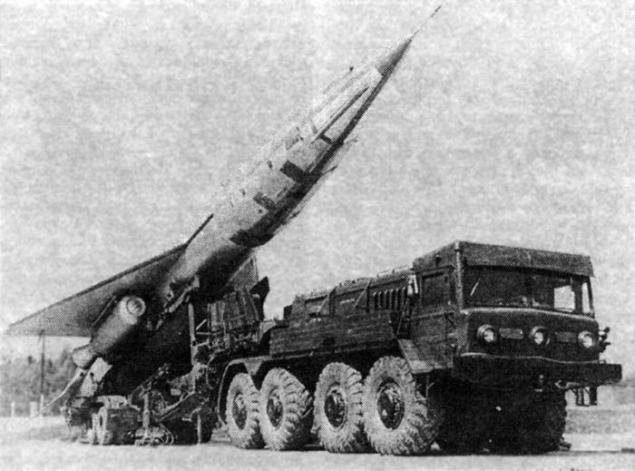
The terms of reference for a new generation of systems in addition to the autonomy, mobility and other tactical and technical requirements was added a number of points, the implementation of which forced the developers to seriously reconsider the design, manufacture and testing of unmanned systems and its constituent elements. In particular, the aircraft had to be reusable, to fly as low and at high altitudes in the range of 50-5000 m, as well as on the mountainous areas. Specifically raised the question of the minimum value of the EPR for reconnaissance aircraft. Great demands on the flight and navigation system, which was supposed to provide a sufficiently accurate output reconnaissance aircraft in the area of exploration and landing on a platform the size of 500-500 m, which was carried out after landing the job. Little time, recovered from a job, to prepare and launch reconnaissance aircraft required the development of a new set of on-board equipment on the basis of modern element base, as well as the creation of the engine with a high degree of reliability.
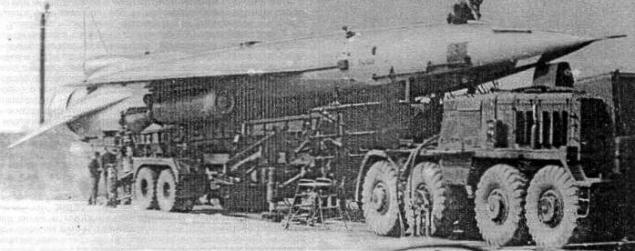
As in the case of work on the complex "Swift" (Tu-141), when a new set of unmanned tactical reconnaissance used the enormous experience accumulated by this time in the bureau and related enterprises and organizations received in the course of nearly a decade of work on unmanned intelligence topics. All the work on the complex "Flight" and "Reis-D" in the OKB led Chief Designer G.M.Gofbauer, and after his death, Chief Designer LT Kulikov.
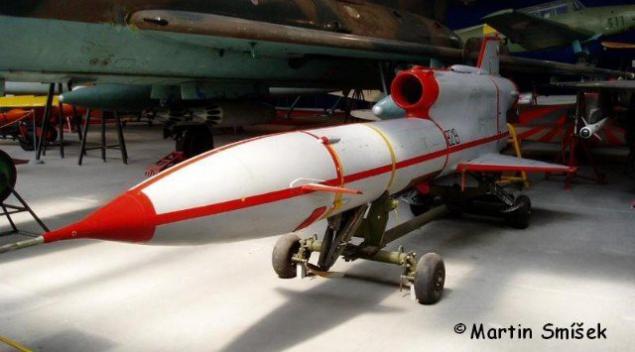
The complex tactical intelligence "Flight" was developed and tested as soon as possible. In December 1970, the first successful flight of the Tu-143 UAV. In 1972 he started a joint state tests that ended with successful results in 1976, after which the complex "Flight" was adopted by the Soviet Army. Serial production of the complex began in the state tests. In 1973, at an engineering factory in Kumertau (Bashkiria) was launched into production in the pilot batch of 10 pieces of Tu-143 UAV, and soon began full-scale production complex. Just before the end of the series, in 1989, was released 950 reconnaissance UAVs Tu-143.
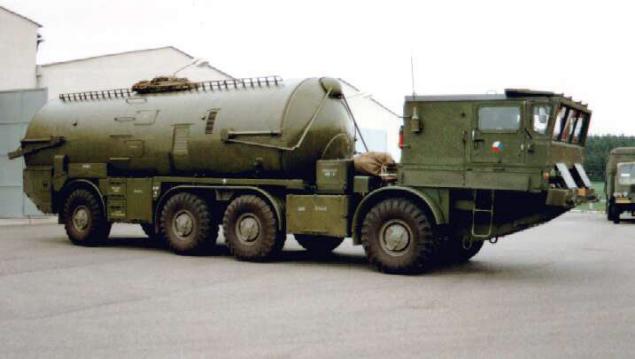
The new complex was quickly mastered the troops and was praised as a safe, highly effective tactical intelligence. Designed and built by order of the Air Force, the complex became widespread in the Army, and was also used in other branches of the armed forces. During the exercises compounds of different types of troops complex "Flight" convincingly demonstrated significant advantages in comparison with manned tactical reconnaissance means, equipped with similar equipment. An important advantage of surveillance UAV Tu-143 as a carrier of intelligence equipment, was the presence of NPK, provides more accurate access to the intelligence section in comparison with manned tactical reconnaissance aircraft the Air Force of the period (MiG-21P, Yak-28R). And in fact this is largely determined by the quality of air reconnaissance and eventually the job. This is especially bylovazhno in solving problems in several areas of exploration for one flight and the close proximity of each other in different directions.
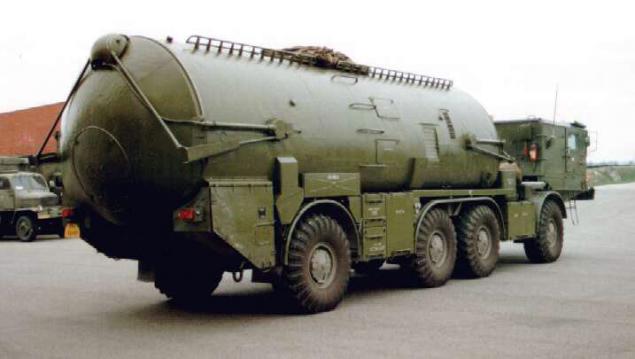
Strict surveillance UAV stabilization of the Tu-143 in the areas of exploration, required temperature in the instrument compartment in flight conditions ensure optimum working conditions reconnaissance equipment and information quality. Aerofotoapparatura installed on the scout, allows the height of 500 meters and at a speed of 950 km / h recognize objects on the ground in size from 20 cm and above. The complex is well-proven in the conditions of use in the highlands during takeoff and landing on the platform at a height of 2000 m above sea level, and overflights mountain ranges up to 5000 meters. When used in the mountainous regions of complex "Flight" becomes virtually invulnerable to enemy air defense systems , making it an excellent means of combat operations in a mountainous region of Caucasian and Asian theater of operations, as well as on the mountainous regions of Europe (Alps, Carpathians, Pyrenees, etc.). Complex "Flight" is exported to Czechoslovakia, Romania and Syria, where he took part in the fighting during the Lebanese conflict in the early 80s. In Czechoslovakia complexes "Flight" arrived in 1984, there was formed two squadrons. Currently, one of them is in the Czech Republic, the other - in Slovakia.
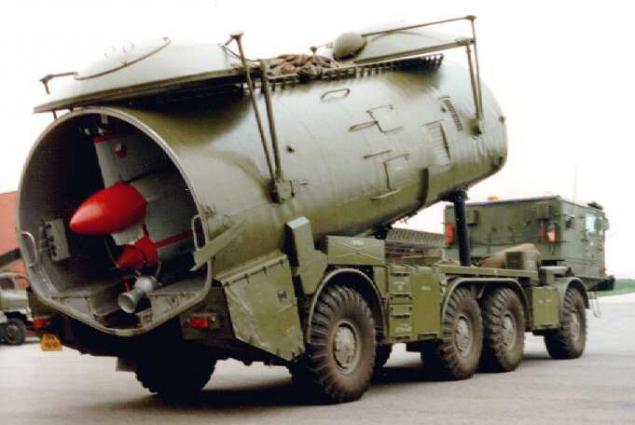
Reconnaissance UAV Tu-143 series comes in two trim bow replacement part, Embodiment fotorazvedchika with registration information on board, in the embodiment of television intelligence to the transfer of information over the air to the ground command posts. In addition reconnaissance aircraft could be equipped with radiation detection means transfer of materials on the radiation situation along the route to the ground by radio. UAV Tu-143 presented at the exhibition models of aircraft at the Central Airport in Moscow and at the Museum in Monino (where you can also see and Tu-141 UAV).
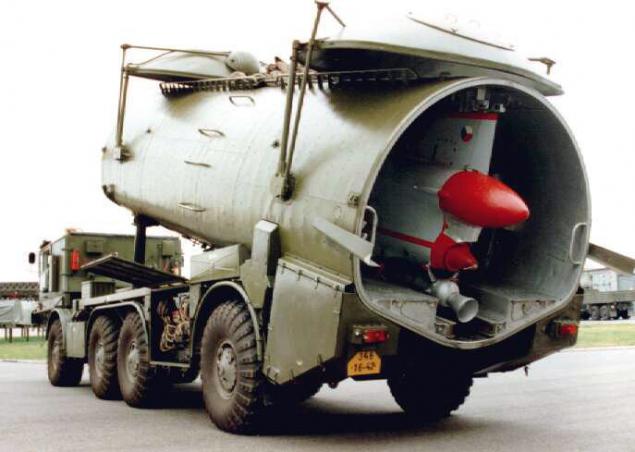
In 1985 he was released in the form of unmanned drones target M-143 or BP-SBUs. Target has successfully passed state tests, which showed good opportunities simulation of aircraft on various types of signatures.
In the late 70's - early 80-ies in the bureau developed a modification of the Tu-143 UAV under agitation container. In this embodiment, the bow compartment with reconnaissance equipment is replaced on the compartment that housed instead razvedsredstv 11 reams of propaganda materials with a total mass of 19 kg with the means to discharge. Reset campaign materials produced from three wells of the container simultaneously or sequentially. A reset came from ABSU according to the order on the ground before the start of the team.
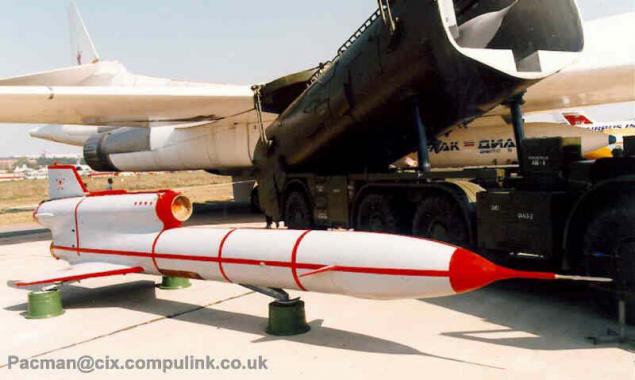
Organizational part with a bank "Flight" were only a squadron adopted each of which was 12 reconnaissance UAVs Tu-143, four launchers, as well as provide the means of preparation, provide the launch, landing and evacuation scouts, command post, communications centers, point processing and decoding intelligence, TECH, where he kept the spy planes subsequent starts. Fixed assets of the complex were mobile and were transferred with the help of regular vehicle squadron.
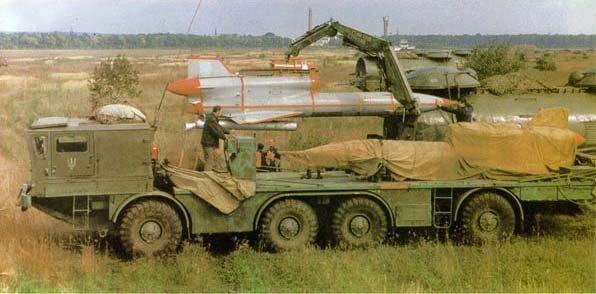
In the armed forces of Ukraine
Complex "Flight" was intended for conducting tactical reconnaissance on the front line at a depth of 60-70 km by photographing and television exploration area targets and individual routes, as well as monitoring the radiation situation along the route of flight. The complex is adapted for the exploration of areas of concentration of troops and military equipment for the exploration of engineering structures.
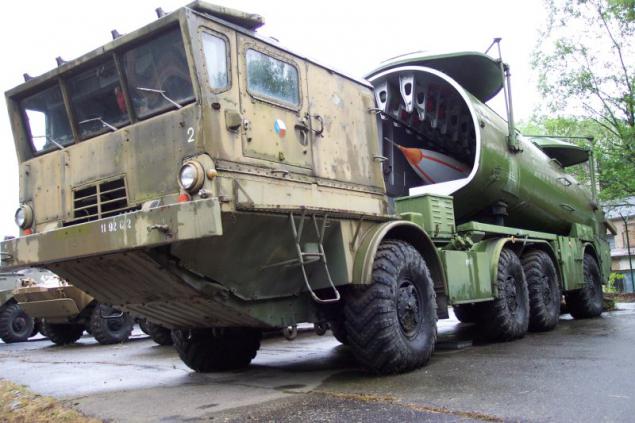
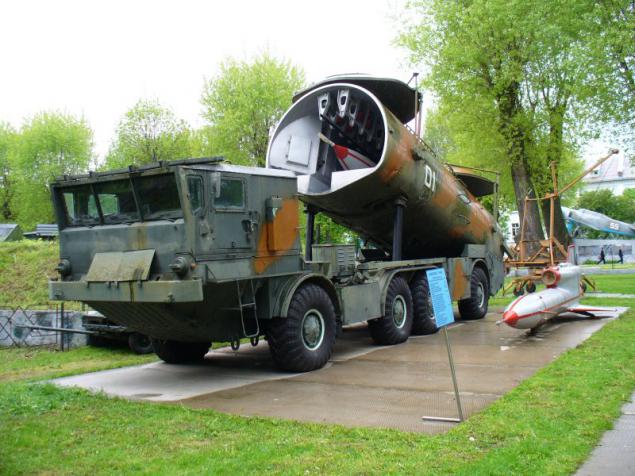
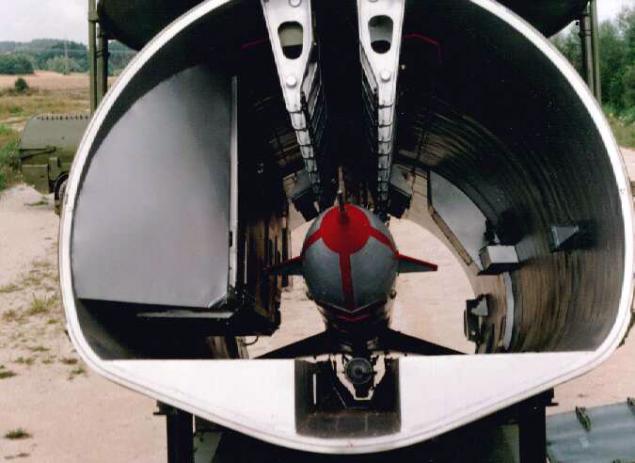
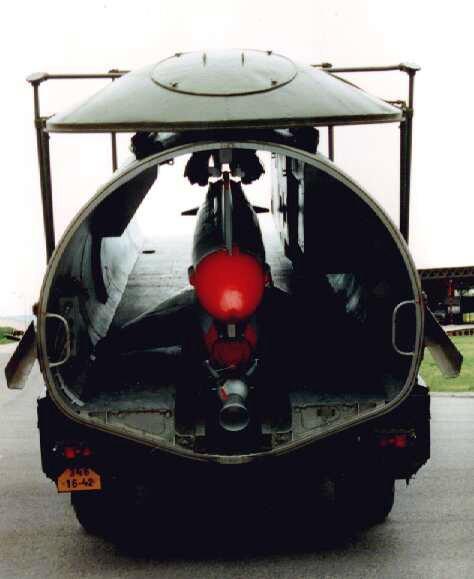
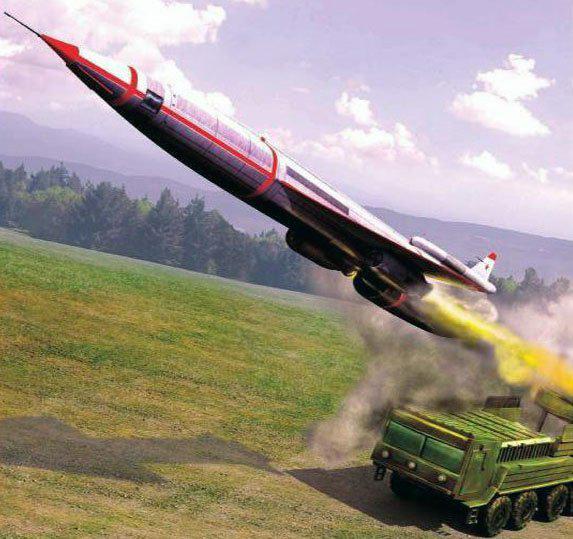

The terms of reference for a new generation of systems in addition to the autonomy, mobility and other tactical and technical requirements was added a number of points, the implementation of which forced the developers to seriously reconsider the design, manufacture and testing of unmanned systems and its constituent elements. In particular, the aircraft had to be reusable, to fly as low and at high altitudes in the range of 50-5000 m, as well as on the mountainous areas. Specifically raised the question of the minimum value of the EPR for reconnaissance aircraft. Great demands on the flight and navigation system, which was supposed to provide a sufficiently accurate output reconnaissance aircraft in the area of exploration and landing on a platform the size of 500-500 m, which was carried out after landing the job. Little time, recovered from a job, to prepare and launch reconnaissance aircraft required the development of a new set of on-board equipment on the basis of modern element base, as well as the creation of the engine with a high degree of reliability.

As in the case of work on the complex "Swift" (Tu-141), when a new set of unmanned tactical reconnaissance used the enormous experience accumulated by this time in the bureau and related enterprises and organizations received in the course of nearly a decade of work on unmanned intelligence topics. All the work on the complex "Flight" and "Reis-D" in the OKB led Chief Designer G.M.Gofbauer, and after his death, Chief Designer LT Kulikov.

The complex tactical intelligence "Flight" was developed and tested as soon as possible. In December 1970, the first successful flight of the Tu-143 UAV. In 1972 he started a joint state tests that ended with successful results in 1976, after which the complex "Flight" was adopted by the Soviet Army. Serial production of the complex began in the state tests. In 1973, at an engineering factory in Kumertau (Bashkiria) was launched into production in the pilot batch of 10 pieces of Tu-143 UAV, and soon began full-scale production complex. Just before the end of the series, in 1989, was released 950 reconnaissance UAVs Tu-143.

The new complex was quickly mastered the troops and was praised as a safe, highly effective tactical intelligence. Designed and built by order of the Air Force, the complex became widespread in the Army, and was also used in other branches of the armed forces. During the exercises compounds of different types of troops complex "Flight" convincingly demonstrated significant advantages in comparison with manned tactical reconnaissance means, equipped with similar equipment. An important advantage of surveillance UAV Tu-143 as a carrier of intelligence equipment, was the presence of NPK, provides more accurate access to the intelligence section in comparison with manned tactical reconnaissance aircraft the Air Force of the period (MiG-21P, Yak-28R). And in fact this is largely determined by the quality of air reconnaissance and eventually the job. This is especially bylovazhno in solving problems in several areas of exploration for one flight and the close proximity of each other in different directions.

Strict surveillance UAV stabilization of the Tu-143 in the areas of exploration, required temperature in the instrument compartment in flight conditions ensure optimum working conditions reconnaissance equipment and information quality. Aerofotoapparatura installed on the scout, allows the height of 500 meters and at a speed of 950 km / h recognize objects on the ground in size from 20 cm and above. The complex is well-proven in the conditions of use in the highlands during takeoff and landing on the platform at a height of 2000 m above sea level, and overflights mountain ranges up to 5000 meters. When used in the mountainous regions of complex "Flight" becomes virtually invulnerable to enemy air defense systems , making it an excellent means of combat operations in a mountainous region of Caucasian and Asian theater of operations, as well as on the mountainous regions of Europe (Alps, Carpathians, Pyrenees, etc.). Complex "Flight" is exported to Czechoslovakia, Romania and Syria, where he took part in the fighting during the Lebanese conflict in the early 80s. In Czechoslovakia complexes "Flight" arrived in 1984, there was formed two squadrons. Currently, one of them is in the Czech Republic, the other - in Slovakia.

Reconnaissance UAV Tu-143 series comes in two trim bow replacement part, Embodiment fotorazvedchika with registration information on board, in the embodiment of television intelligence to the transfer of information over the air to the ground command posts. In addition reconnaissance aircraft could be equipped with radiation detection means transfer of materials on the radiation situation along the route to the ground by radio. UAV Tu-143 presented at the exhibition models of aircraft at the Central Airport in Moscow and at the Museum in Monino (where you can also see and Tu-141 UAV).

In 1985 he was released in the form of unmanned drones target M-143 or BP-SBUs. Target has successfully passed state tests, which showed good opportunities simulation of aircraft on various types of signatures.
In the late 70's - early 80-ies in the bureau developed a modification of the Tu-143 UAV under agitation container. In this embodiment, the bow compartment with reconnaissance equipment is replaced on the compartment that housed instead razvedsredstv 11 reams of propaganda materials with a total mass of 19 kg with the means to discharge. Reset campaign materials produced from three wells of the container simultaneously or sequentially. A reset came from ABSU according to the order on the ground before the start of the team.

Organizational part with a bank "Flight" were only a squadron adopted each of which was 12 reconnaissance UAVs Tu-143, four launchers, as well as provide the means of preparation, provide the launch, landing and evacuation scouts, command post, communications centers, point processing and decoding intelligence, TECH, where he kept the spy planes subsequent starts. Fixed assets of the complex were mobile and were transferred with the help of regular vehicle squadron.

In the armed forces of Ukraine
Complex "Flight" was intended for conducting tactical reconnaissance on the front line at a depth of 60-70 km by photographing and television exploration area targets and individual routes, as well as monitoring the radiation situation along the route of flight. The complex is adapted for the exploration of areas of concentration of troops and military equipment for the exploration of engineering structures.





